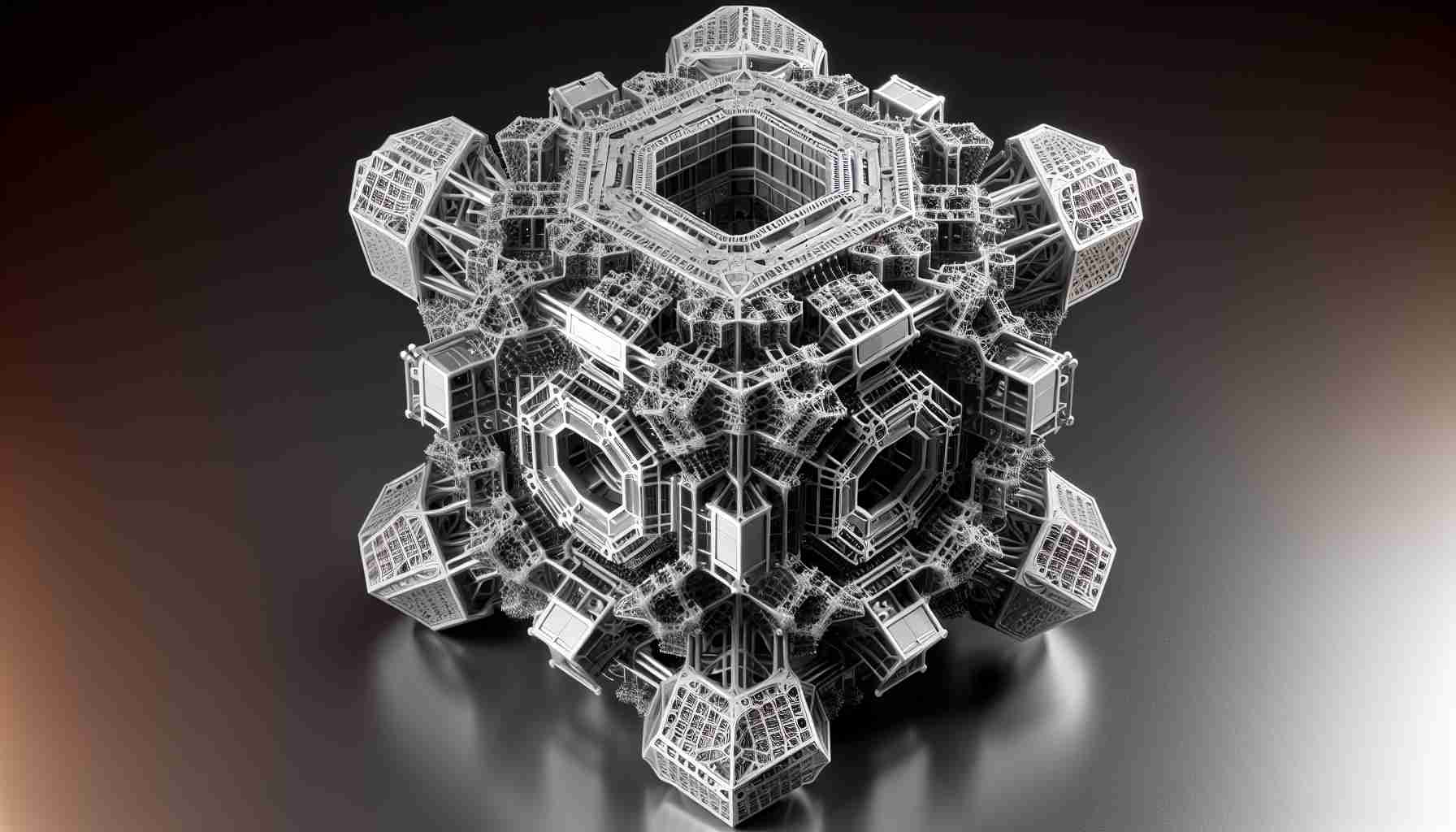Robotics and AI Lead to Breakthroughs in Material Deformation
Boston University has set a benchmark in the field of material science with its innovative project named MAMA BEAR, an acronym that stands for Mechanics of Additively Manufactured Architectures Bayesian Experimental Autonomous Researcher. This tireless machine, driven by sophisticated AI, has been tirelessly experimenting with different shapes to discover one that can absorb mechanical energy most effectively through deformation.
Employing a set of five 3D printers, MAMA BEAR repetitively prints and destroys small cylindrical structures made of various materials, including TPU, nylon, PETG, and PLA. Each printed object is then weighed and transported by a robotic arm to a pressing machine that simulates the force equivalent to that of an Arabian thoroughbred horse.
State-of-the-art sensors and cameras meticulously record the deformation of the structure, allowing the autonomous system to tweak and improve the shape parameters for subsequent prints. The goal is to find the optimal form that can best absorb external force through its own deformation.
Surpassing Human-Designed Energy Absorption Structures
MAMA BEar has managed to outperform human-crafted designs, which had peaked at 71% deformation efficiency. By continuing to learn and refine, this system has surpassed the 75% threshold, showcasing its findings in the esteemed journal Nature.
This research paves the way for the development of unprecedented structures capable of efficiently absorbing energy, which could revolutionize safety features in various applications. From automobile fenders to other energy dissipating zones, these materials aim to protect crucial components and, most importantly, human lives by dissipating kinetic energy through controlled destruction. This remarkable increase in efficiency means that the energy left to damage anything behind such deformation zones – like a car’s engine or the driver – is significantly reduced, marking a significant step forward in protective material design.
Exploring the Significance of Advanced Energy Absorption
3D-printed structures designed for energy absorption are crucial for a wide range of industries, including automotive, aerospace, protective gear, and even space exploration. The technology being developed by Boston University could have a significant impact on the design of materials that need to withstand impacts, crashes, or other types of forceful events. In spacecraft, for example, such materials could be used to dampen shocks and protect sensitive instruments during launch, landing, or unforeseen impacts with space debris.
Important Questions and Answers:
– What is 3D printing and how does it relate to this breakthrough?
3D printing, or additive manufacturing, is a process of creating physical objects from digital designs by layering material. This technology is at the core of the breakthrough, as it allows for rapid prototyping and iteration of complex structures which can then be tested for their energy absorption capabilities.
– Why is AI integration crucial in this research?
AI integration enables the autonomous evaluation and adaptation of structural designs, leading to a more efficient optimization process than conventional manual methods. By incorporating AI, the learning and improvement cycle is significantly expedited, resulting in a potential for discovering superior designs that might be impossible for human-engineers to conceive.
– How might these 3D-printed structures change the future of safety designs?
Improved energy absorption structures can greatly enhance the safety of vehicles, buildings, equipment, and protective wearables by minimizing the force transmitted to humans or delicate components upon impact, thus reducing the risk of injury or equipment damage.
Key Challenges and Controversies:
– Ensuring the scalability and manufacturability of these designs for mass production is crucial. It remains to be seen how these structures will be integrated into existing manufacturing systems and how cost-effective they will be on a larger scale.
– Material performance over time and under different environmental conditions is a concern for long-term reliability. Further research is needed to determine how these structures will behave under prolonged stress, temperature variations, or exposure to chemicals and other elements.
– There might also be intellectual property and patent concerns regarding the unique designs produced by AI, which could lead to legal and ethical debates about the ownership of AI-generated content.
Advantages and Disadvantages:
– Advantages:
– The ability to create complex structures that surpass human design limitations.
– Faster iteration and optimization of designs due to AI integration.
– Potential for increased safety and protection in various applications.
– Personalized and customizable structures can be produced to fit specific requirements.
– Disadvantages:
– The initial cost of research and development for such advanced systems can be high.
– Complexity in the integration of these new materials into existing manufacturing and product lines.
– Uncertainty about the long-term durability and environmental impact of these materials.
– Potential intellectual property issues surrounding AI-generated designs.
For those interested in exploring more about additive manufacturing and the future of materials science, you can visit websites such as:
– Nature for scientific research articles and breakthroughs in the field.
– Boston University to learn more about their diverse research initiatives and contributions to material science.
– International Organization for Standardization (ISO) for standards and regulations related to additive manufacturing and its materials.
The source of the article is from the blog macnifico.pt

